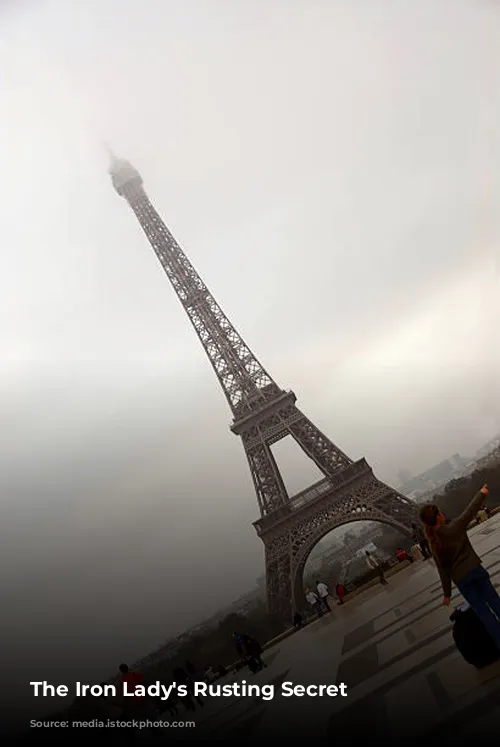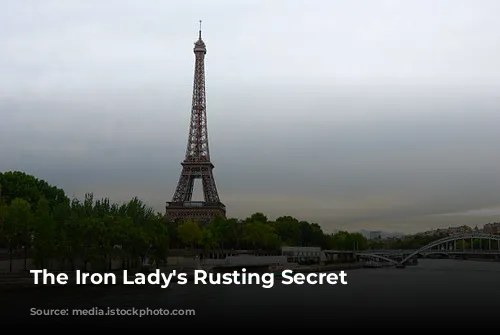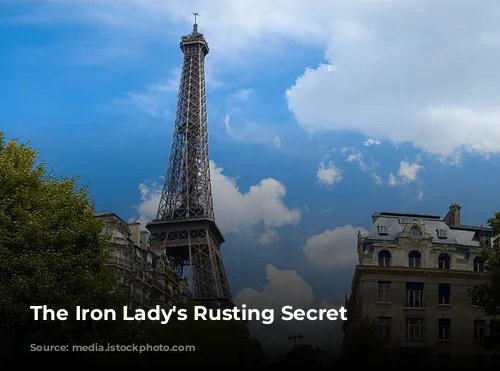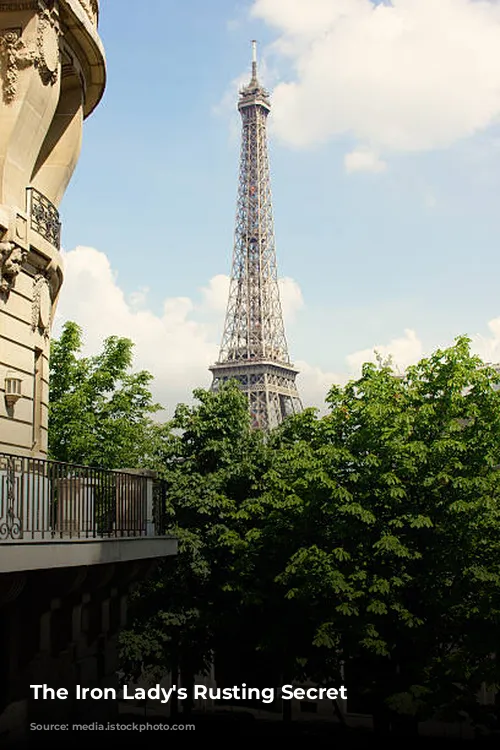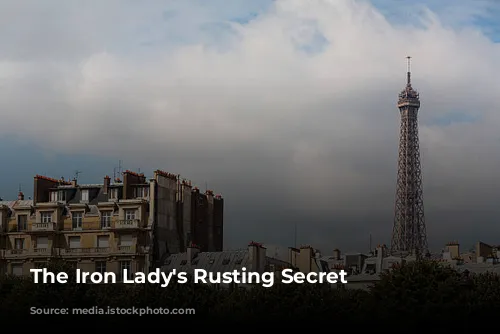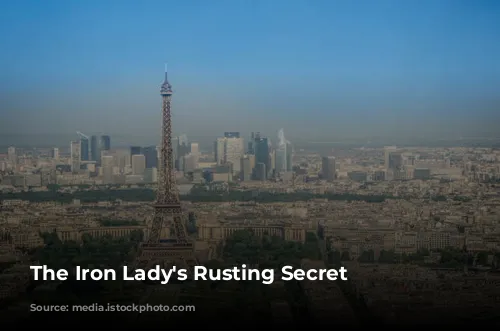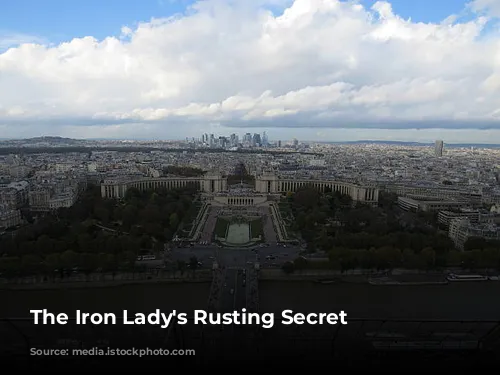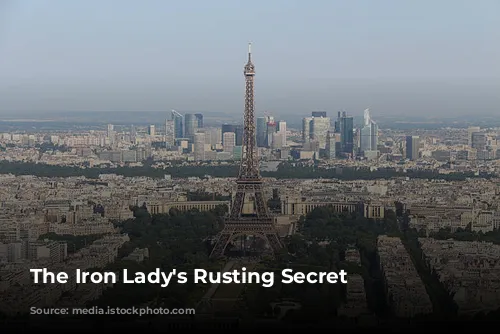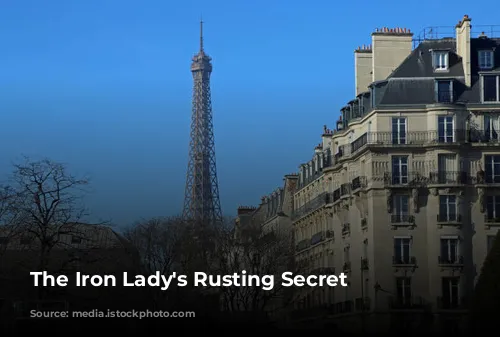Paris’ iconic Eiffel Tower, standing tall and proud, has captivated the world since its completion in 1889. While initially intended to be a temporary structure, the “Iron Lady” defied expectations and has endured for over a century. However, recent reports suggest a grim reality lurking beneath the tower’s gleaming facade.
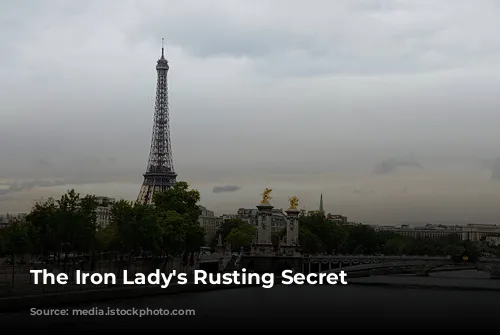
A Cosmetic Band-Aid
Confidential reports leaked to a French magazine reveal a disturbing truth: the Eiffel Tower is struggling with severe rust and needs a complete overhaul. Despite this alarming discovery, plans for a full repair have been shelved, replaced by a hasty cosmetic makeover in preparation for the 2024 Olympics.
One insider, speaking anonymously, expressed their dismay, stating that the tower’s creator, Gustave Eiffel, would be horrified by the monument’s current state.
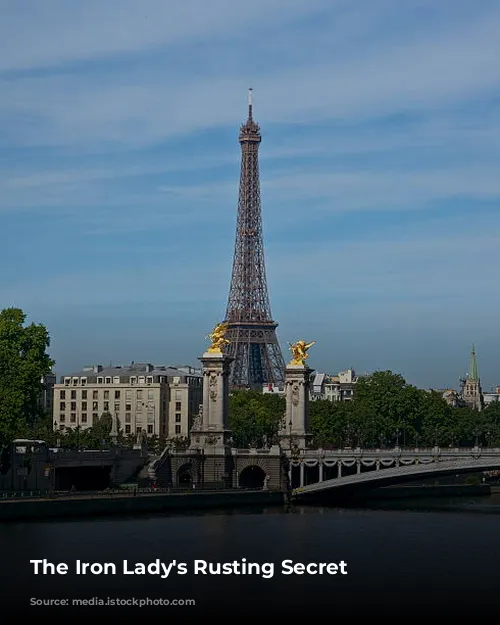
A Century of Rust and Neglect
The Eiffel Tower, a marvel of engineering, was constructed using puddle iron, a high-quality iron produced during the Industrial Revolution. While the tower was initially protected with four coats of red lead paint, now considered a hazardous substance, the battle against corrosion has been ongoing.
Eiffel himself recognized the importance of vigilant maintenance, emphasizing the need for regular repainting to prevent the spread of rust. He believed that a seven-year painting schedule was critical for the tower’s longevity.

A Costly Cosmetic Cover-Up
The tower is currently undergoing a €60 million repainting project, marking its 20th repainting. However, instead of the planned thorough stripping and repainting of a third of the structure, only a meager 5% will be treated due to delays and concerns about lead contamination.
Experts warn that this superficial work is merely a cosmetic facelift and will ultimately be detrimental to the tower’s long-term health. They advocate for a complete stripping, repair, and repainting process, arguing that simply painting over existing layers exacerbates the corrosion problem.
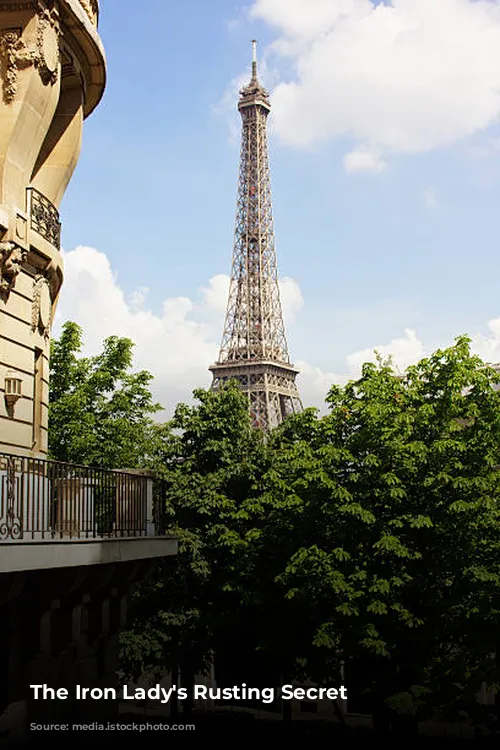
A Monument in Peril
The company responsible for the tower’s management, Sete, is hesitant to close the structure for a lengthy restoration due to significant tourist revenue losses. Despite the immense financial impact, the tower’s deteriorating condition cannot be ignored.
A series of reports, spanning over a decade, have highlighted the escalating corrosion issue. Experts have repeatedly stressed the urgent need for a comprehensive maintenance plan focusing on the tower’s aging metal structure.
In 2014, a report by Expiris, a paint company, revealed alarming cracks and rust, with only 10% of the newer paint properly adhering to the structure.
A subsequent report in 2016 identified 884 faults, including 68 considered a serious threat to the tower’s structural integrity.
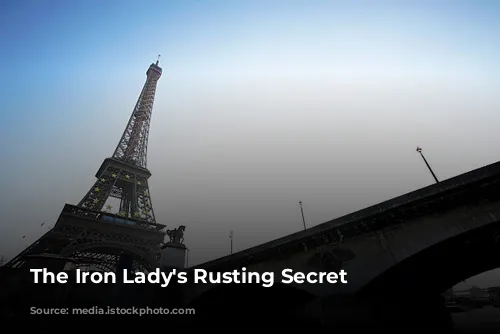
A Race Against Time
While some experts believe that the original paint layers still offer protection in certain areas, the current plan will not adequately address the pervasive rust or the dangerous lead levels. This half-hearted approach risks further deteriorating the tower’s condition.
The looming threat of irreversible damage underscores the critical need for a comprehensive and immediate restoration. Despite a more optimistic outlook from some, the evidence overwhelmingly points to the urgent necessity of a full-scale restoration to ensure the Iron Lady‘s continued presence on the Paris skyline.
The Eiffel Tower stands as a testament to human ingenuity and engineering prowess. Its enduring presence has become synonymous with Paris itself. However, this iconic symbol is now facing a battle against time and neglect. The consequences of inaction could be devastating, potentially leading to the irreversible loss of this beloved landmark. The time for cosmetic solutions has passed; a comprehensive restoration is the only way to ensure the Eiffel Tower’s legacy for generations to come.
